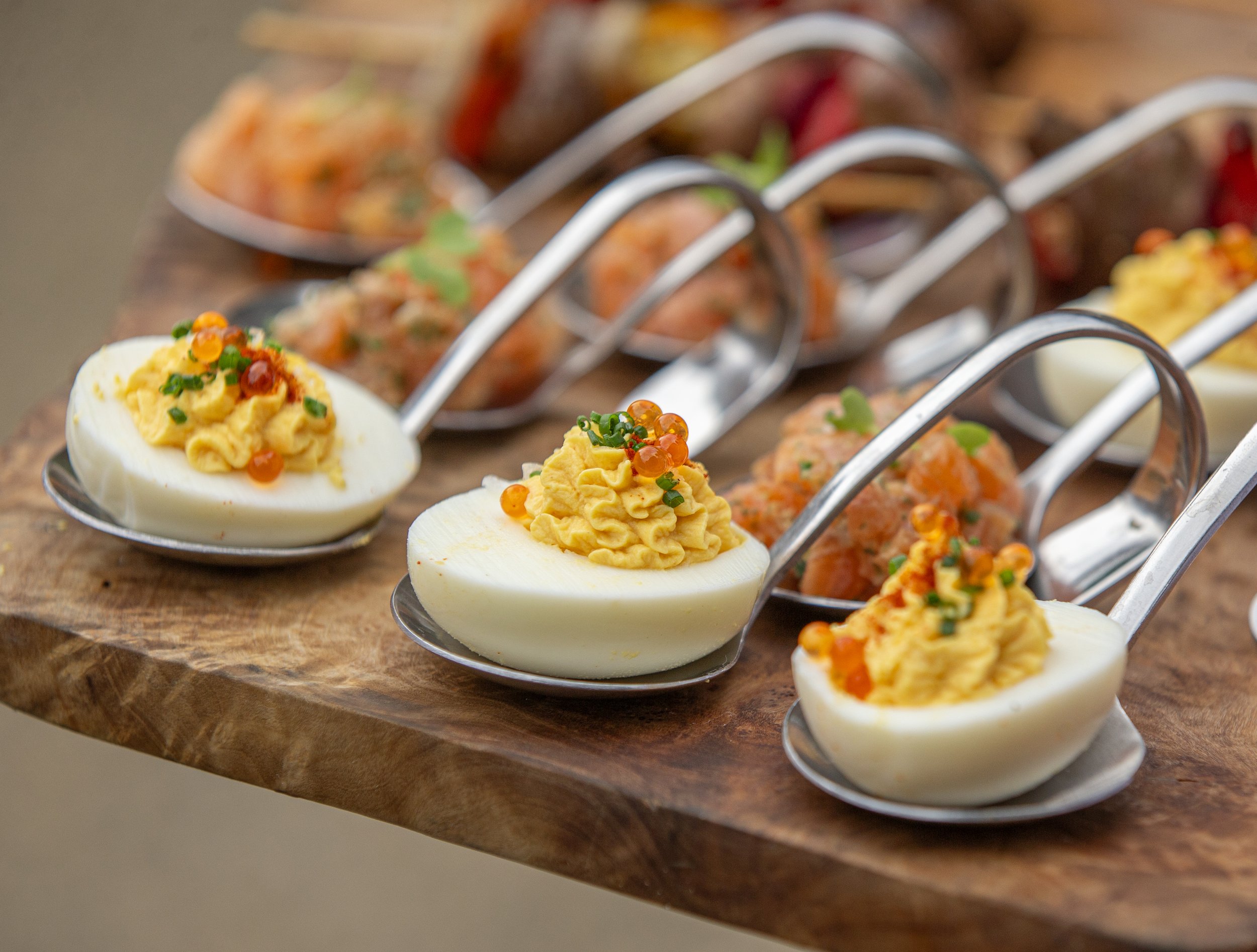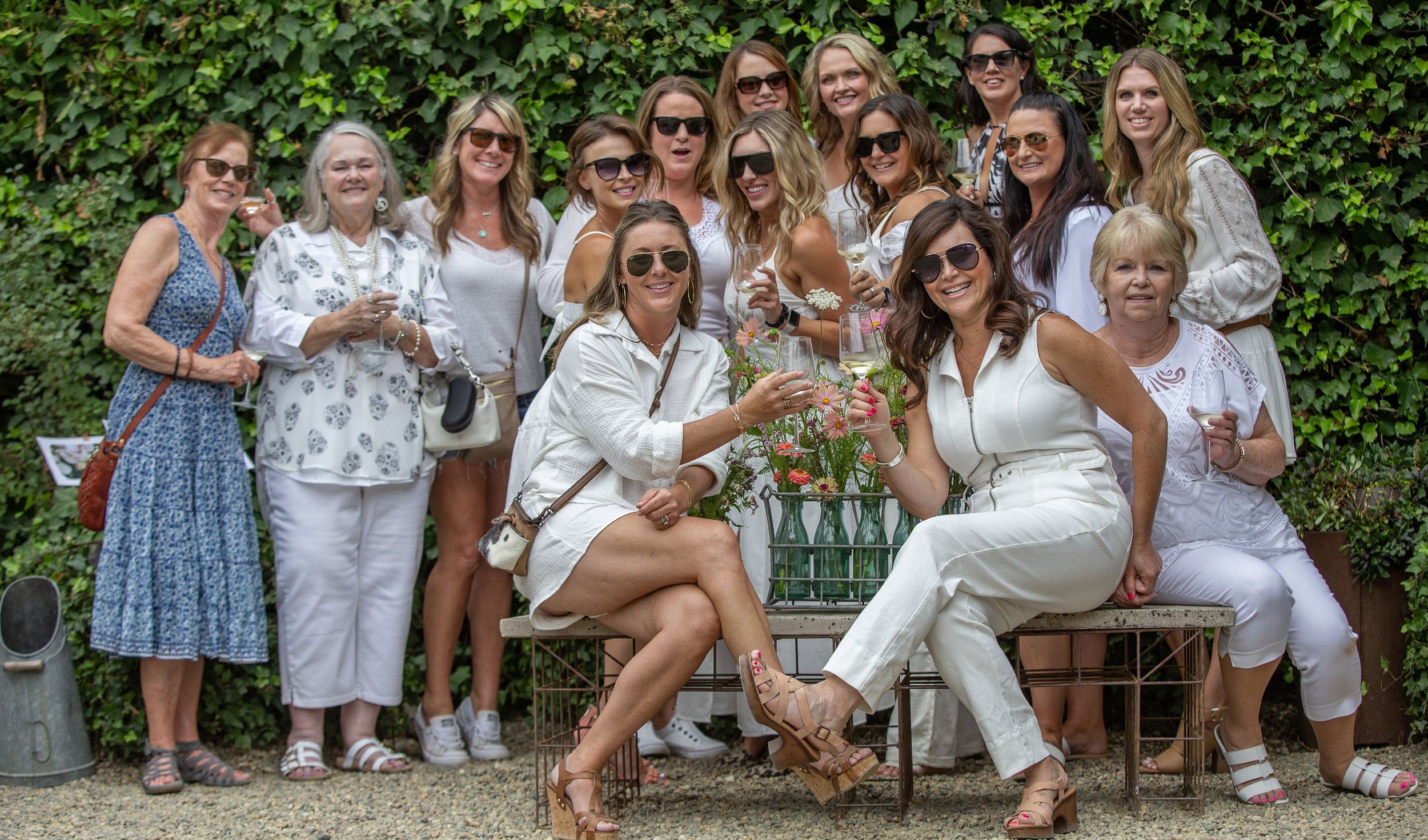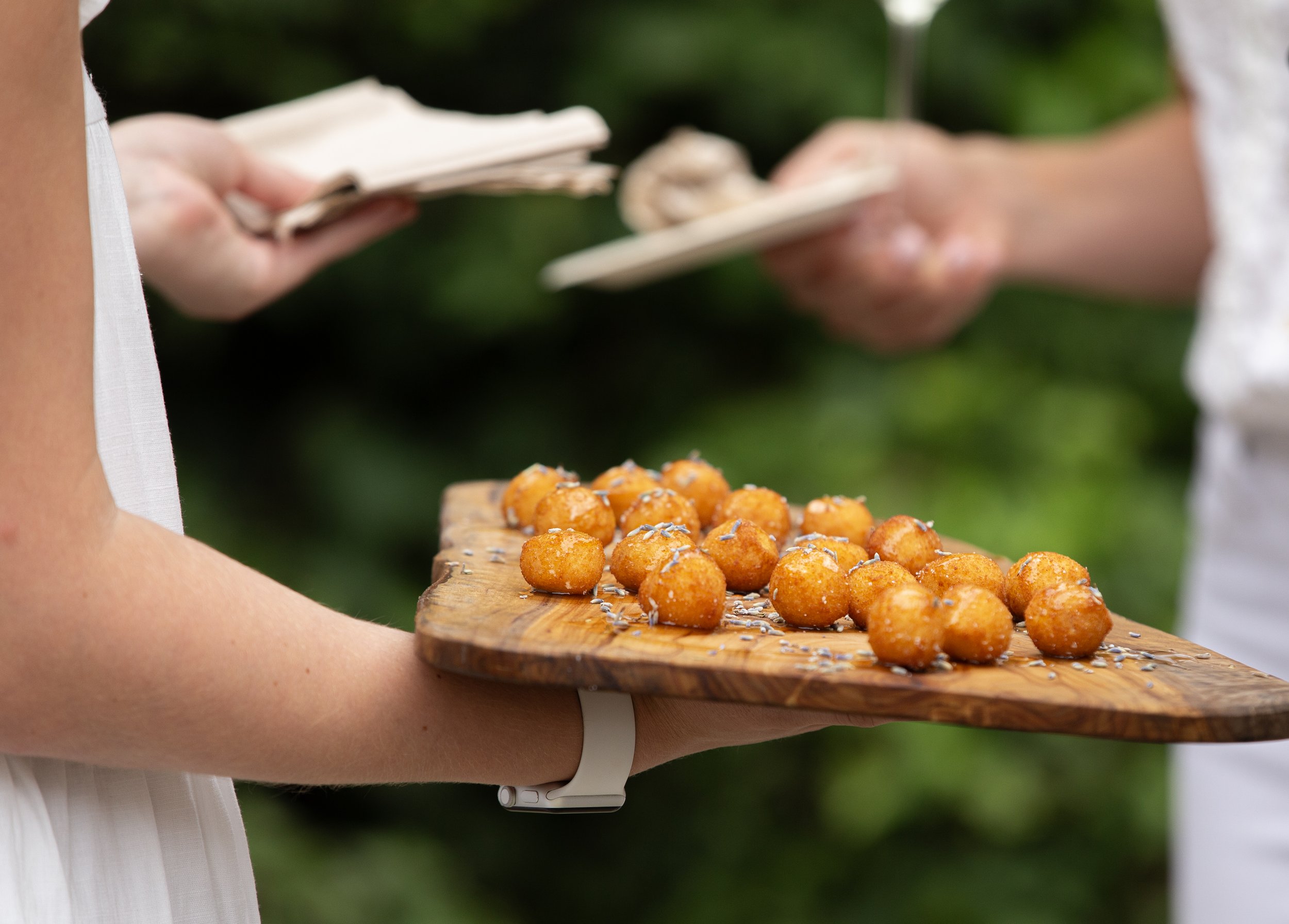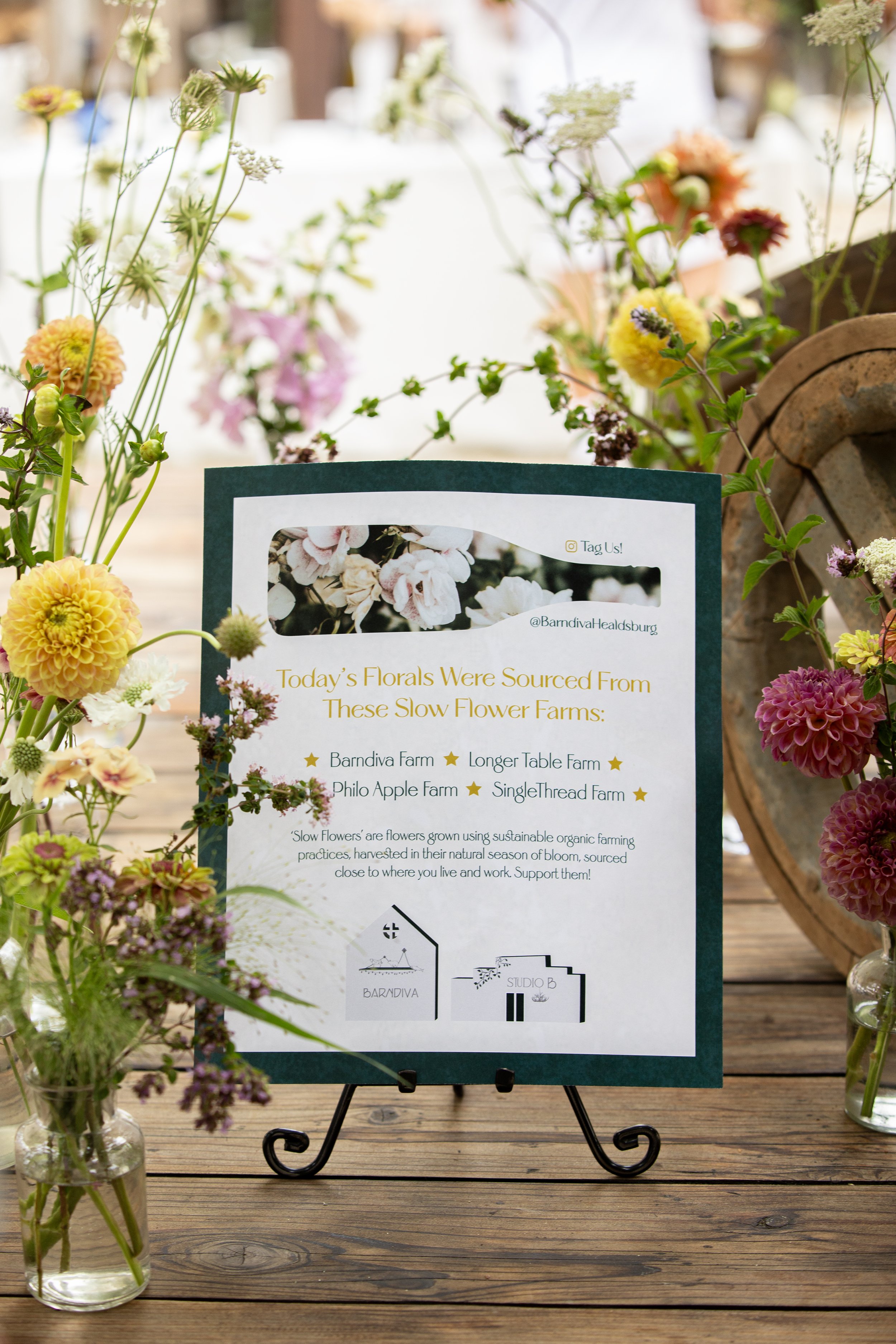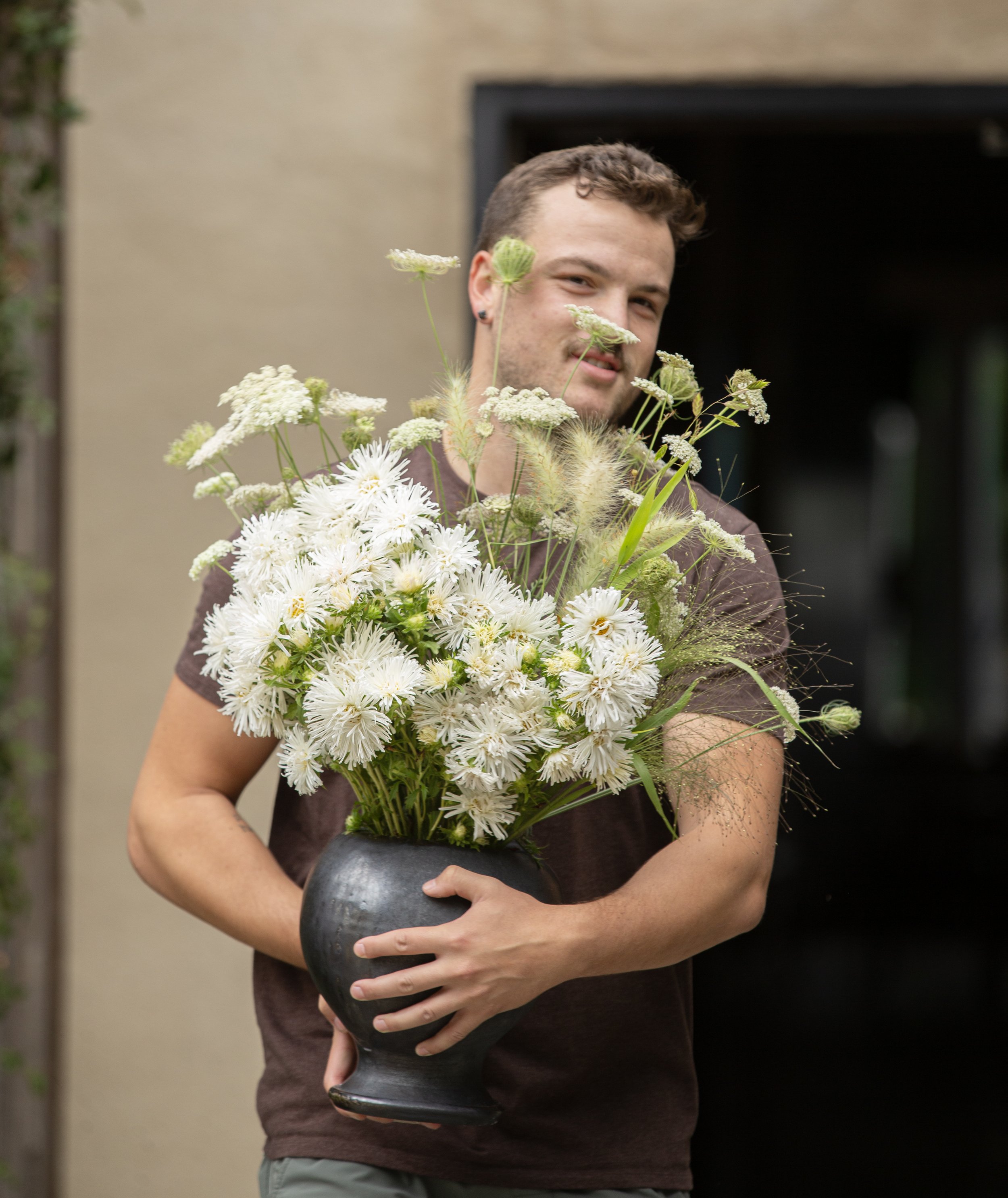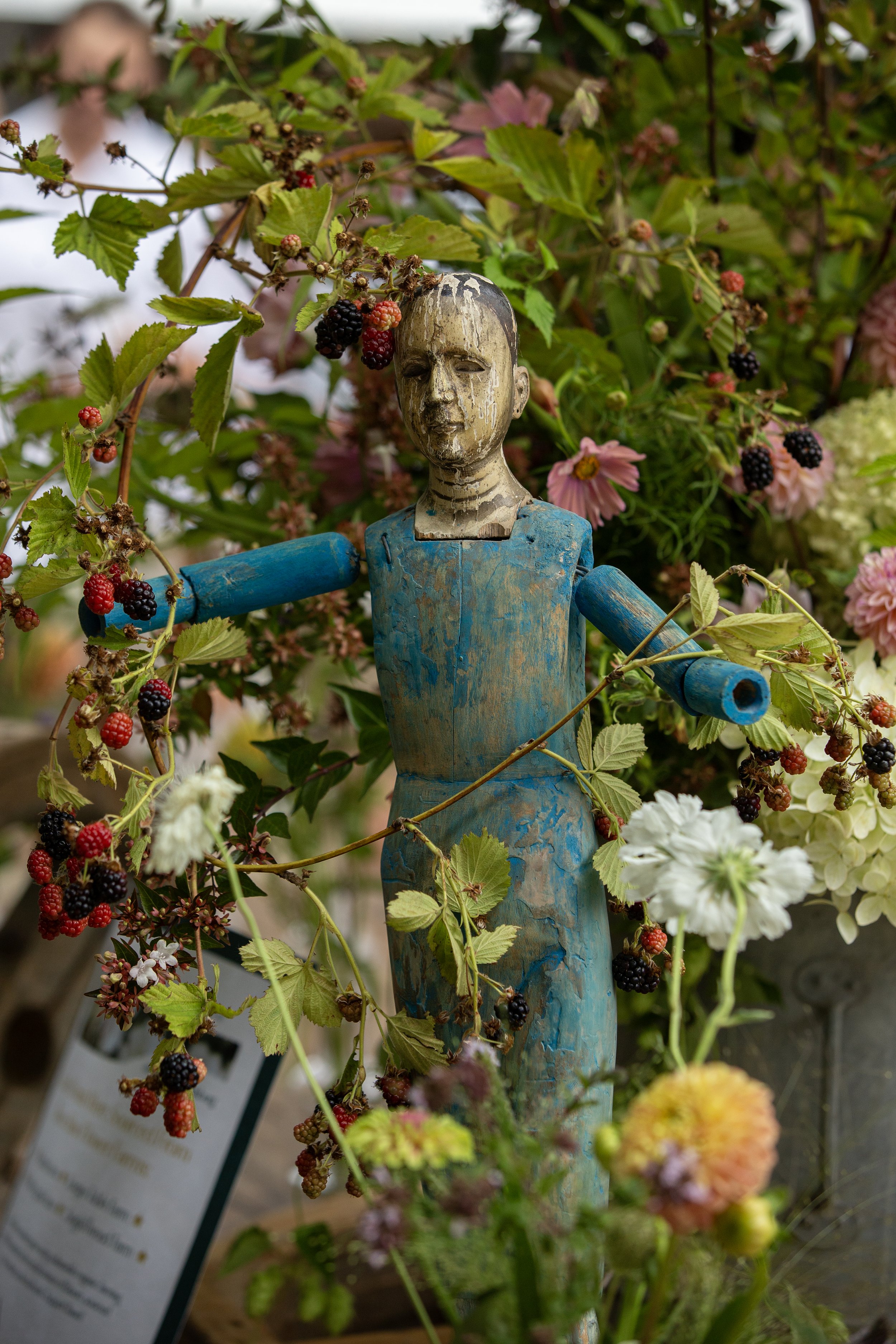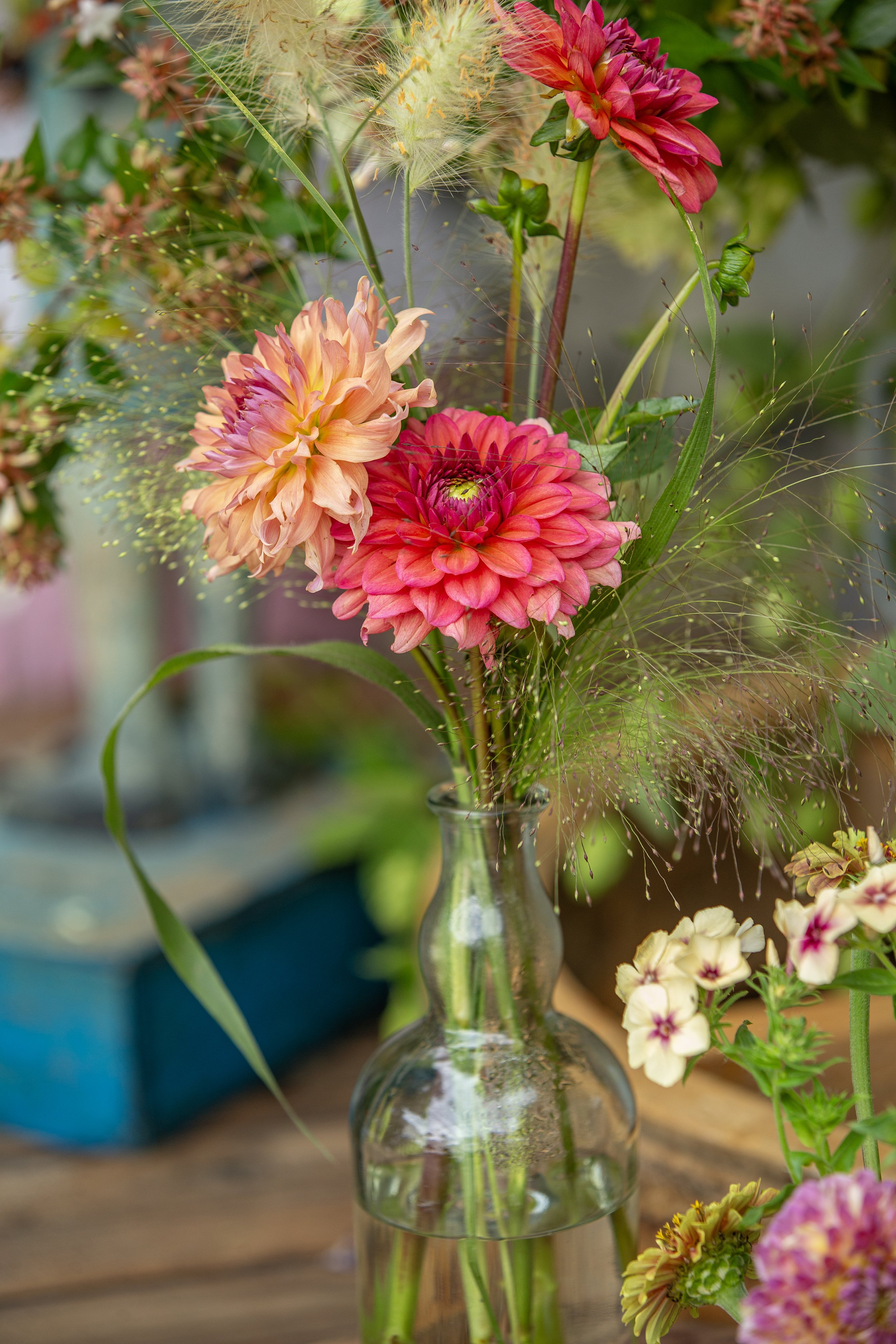Barndiva wine director Emily Carlson with the wonderful Féte Blanc 2023 entourage, along with the dedicated ladies from Sonoma Family Meal who directed the raffle - six cases of all the wines poured, donated by every winery attending.
Each of Barndiva’s three collaborative wine events have a different personality. Pink Party always brings a ‘Summer is Here’ festive madness to it and trends younger, while Féte Rouge is the most community centric, with a focus on harvest and the upcoming holidays. Féte Blanc is a stand out because it hits all the notes winemakers look for in a wine tasting event. Sure, Féte Blanc guests love dressing up and socializing, you could feel it in the air on Sunday. But these are serious wine lovers. When they put their heads down and inhale, then taste something special, you can just tell the winery has made a lasting connection if not a future wine club friend. It was a great crowd that left very very happy, as you can tell from these images shot by the incomparable Chad Surmick.
We wish to thank Chef Mike Degan and his crew for the divine pizza’s, Barndiva Event Manager Natalie Nelson and her incredible staff, and our Chef Erik Anderson for the platters of deviled eggs with trout roe, charcoal grilled duck skewers, salmon tartar with egg yolk jam, and very special Barndiva farm fig tartlets- summery hors d’oeuvres from our currant event menus - along with our infamous goat balls with lavender honey.
For all who joined us, especially those who participated in the raffle benefiting Sonoma Family Meal, we thank you for sharing your Sunday with us in the gardens.
Collaborating with Slo-Flower farms we admire to create extravagant floral displays has become a hallmark of our bigger wine events. This year we were thrilled to welcome Rita Bates to organize and design the arrangements that filled both gardens for Féte Blanc. In addition to her ‘day’ job at the family farm - that would be The Philo Apple Farm - she is an incredibly intuitive and talented gardener floral designer. For Féte Blanc 2023 Rita ordered some blooms from our friends at Longer Table Farm and SinglethreadFarm, but the bulk of these late summer flowers were harvested at Barndiva Farm by Misha Vega, and from The Apple Farm’s extensive gardens. If you haven’t visited this extraordinary family farm in Philo, make hast to book one of their incredible Sally Dinners and be sure to stay over in one of their cottages, set amidst the apple orchards, right now heavy with fruit.
Bittersweet: the blackberry vines that graced the main Harvest Table arrangement were a long ago gift from the late, dearly missed Myrna and Earl Fincher, who owned and ingeniously farmed Early Bird Place for many years in Healdsburg. In the first decade of Barndiva’s life, Earle and Myrna suppled vegetables and gourds and we spent memorable time with Earle at their farm. The Berries have never been prodigious producers, but I never had the heart to cut them out. Seeing how much joy they gave folks on Sunday, knowing the history, I doubt I ever will.














